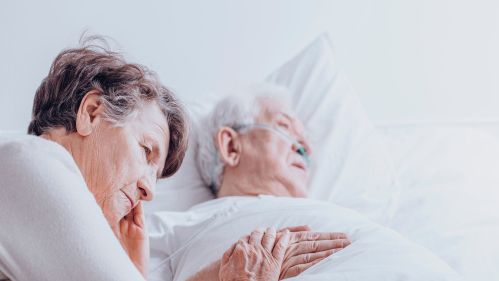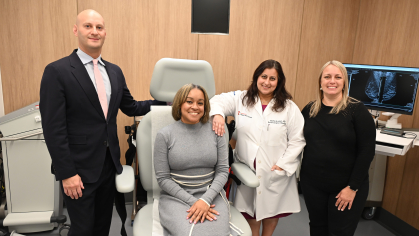Rutgers Study Examines Who Uses Medical Aid in Dying

Rutgers researchers analyzed data from each of the 5,329 patients across the U.S. who died with medical aid in the 23 years after Oregon became the first state to legalize it and found one demographic dominates the group: well-educated, white patients with cancer.
More than 72 percent of patients who died with medical aid had at least some college education, more than 95 percent were non-Hispanic whites, and nearly 75 percent had cancer.
“We don’t know if these numbers reflect genuine, underlying differences in group preferences or disparities in how laws are written or services provided,” said Elissa Kozlov, the study's lead author and an instructor at the Rutgers School of Public Health. “But such large differences in utilization are always a red flag that demands further investigation, and if that investigation finds disparities that make it harder for some groups to access desired medical services, we need to correct them.”
The sexes were relatively evenly represented — 53 percent male, 47 percent female — but medical aid in dying (MAID) users naturally skewed much older than the population at large. Nearly 60 percent of the people who died with medical aid were between ages 65 and 84. Another 16 percent were 85 years old or older, while 8 percent were 54 years old or younger.
One major barrier to many would-be users is cost. MAID is now permitted by eight states and Washington, D.C., but the federal Medicare program, which is the primary insurer of Americans 65 years old and older, doesn’t pay any costs associated with MAID.
Those costs can be considerable, Kozlov said. States that allow MAID typically require two doctors to certify the patient will die within six months. There’s also the expense of buying the medications prescribed for MAID, which are often not covered by insurance and can cost up to $3,000.
Another major barrier is finding a doctor who will provide the service.
“Many doctors will not participate in MAID, and many who will don’t necessarily advertise the fact,” Kozlov said. “You have to be well connected within a network of doctors or skilled in researching such matters, and that’s one possible explanation of why well-educated people are disproportionately represented in our findings.”
Many MAID users previously had received hospice care. Still, the overwhelming majority — 90 percent — chose to die at home, and nearly as many — 88 percent — told their families of their plans.
“Further research in this area is necessary because although MAID will likely never account for more than a small portion of deaths, it is becoming more common in the states where it is legal, and it’s currently on the legislative agenda of another 14 states,” said Kozlov.


